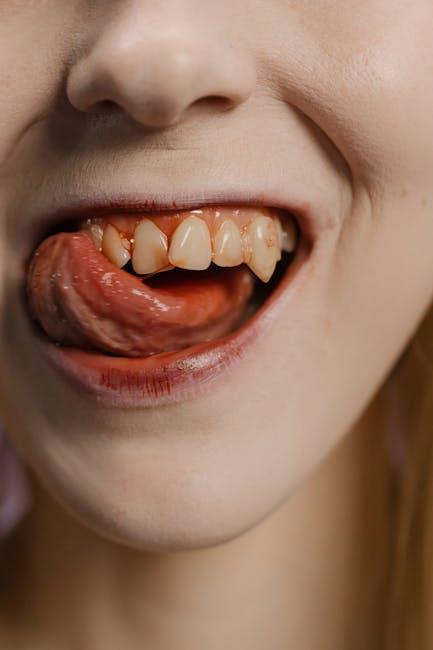
Does Medicaid Cover Dental? Orthodontics, Common Procedures & State Coverage
When it comes to health coverage, many wonder whether Medicaid includes dental benefits, particularly orthodontic services. Understanding Medicaid dental coverage can be confusing since it varies by state and by the specific needs of Medicaid recipients. In this comprehensive guide, we’ll break down what dental procedures Medicaid covers, the availability of orthodontics, and provide useful information on state-by-state coverage differences. Whether you’re considering dental treatment under Medicaid or just want to learn the benefits you qualify for, this article has you covered.
What Is Medicaid Dental Coverage?
Medicaid is a state and federally funded program aimed at providing healthcare to low-income individuals and families. While Medicaid covers essential medical services, dental coverage is treated somewhat differently. Basic dental benefits often fall under “optional services” that states may or may not include. However, pediatric dental coverage under the Early and Periodic Screening, Diagnostic and Treatment (EPSDT) benefit is mandatory in all states.
Key Highlights:
- Mandatory pediatric dental services for children under 21.
- Adult dental coverage varies widely by state.
- Orthodontic coverage is generally limited and depends on medical necessity.
- Common procedures like cleanings, fillings, and extractions are often covered for children.
Does Medicaid Cover Orthodontics?
Orthodontic treatment, such as braces and other corrective services, is one of the more complex aspects of Medicaid dental coverage. Most state Medicaid plans do not cover elective orthodontic services for adults, but some do provide coverage for medically necessary orthodontics in special cases, like correcting severe malocclusions, craniofacial anomalies, or other health-related issues.
Orthodontic Coverage for Children
For children under 21, states are required to cover orthodontic services if they are deemed medically necessary. This can include:
- Treatment of congenital conditions (e.g., cleft palate)
- Addressing severe dental trauma or abnormalities that impair function
- Correcting certain growth or developmental conditions
Orthodontic Coverage for Adults
Adult orthodontic coverage is rarely included in Medicaid plans. When it is, it is typically only available when a medical condition justifies it. This varies considerably by state Medicaid programs.
Common Dental Procedures Covered by Medicaid
Below is a list of the typical dental services many Medicaid programs cover, especially for children and eligible adults where coverage exists:
| Dental Procedure | Description | Coverage Notes |
|---|---|---|
| Dental Cleanings | Routine teeth cleaning and polishing | Generally covered for children; varies for adults |
| Fillings | Restoration of decayed teeth | Usually covered for children; adult coverage varies |
| Extractions | Removal of damaged or decayed teeth | Commonly covered if medically necessary |
| Root Canals | Treatment of infected tooth pulp | Coverage depends on state and adult/child status |
| Dentures | Replacement teeth for missing ones | Adult coverage highly variable |
| Orthodontics | Braces and corrective appliances | Medically necessary orthodontics for children; limited adult coverage |
State-by-State Medicaid Dental Coverage Overview
Because Medicaid is administered at the state level, dental benefits can differ significantly. Here is a short comparison of adult dental coverage availability in select states for quick reference:
| State | Adult Dental Coverage | Orthodontic Coverage |
|---|---|---|
| California | Limited, includes some cleanings and fillings | Orthodontics only if medically necessary (children) |
| New York | Extensive adult dental coverage including dentures | Medically necessary orthodontics for children |
| Texas | Minimal adult dental coverage; emergency extractions | Orthodontics rarely covered |
| Florida | Limited adult coverage; primarily emergency care | Orthodontics only in exceptional medical cases |
| Ohio | Moderate adult coverage including some dentures | Orthodontics covered if medically necessary for children |
Benefits of Medicaid Dental Coverage
- Access to preventive care: Helps avoid costly dental emergencies by covering cleanings and exams.
- Improved overall health: Oral health is linked to systemic diseases like diabetes and heart disease.
- Cost savings for families: Dental care can be expensive; Medicaid reduces or eliminates these costs.
- Support for children’s growth: Coverage of orthodontics and other procedures supports healthy development.
Practical Tips to Maximize Your Medicaid Dental Benefits
- Check your state’s Medicaid dental coverage: Visit your state Medicaid website or call the Medicaid office.
- Use in-network providers: Ensure your dentist accepts Medicaid to avoid unexpected charges.
- Understand coverage limitations: Know which services need prior approval, especially for orthodontics.
- Schedule regular check-ups: Preventive care reduces the need for costly treatment later.
- Ask about dental managed care plans: Some states offer specialized dental plans for Medicaid recipients.
Case Study: Medicaid and Orthodontic Coverage Success
Maria, a 12-year-old Medicaid beneficiary in New York, was diagnosed with severe bite misalignment affecting her speech and eating ability. Her orthodontist submitted documentation proving medical necessity, and Medicaid approved comprehensive orthodontic treatment including braces. Maria’s treatment improved her oral function and confidence without any out-of-pocket expenses, showcasing how state Medicaid programs support medically necessary orthodontics for children.
Conclusion
Medicaid dental coverage can vary widely based on your state and age, but one thing remains clear: children under 21 have guaranteed dental benefits, including orthodontic care when medically necessary. Adults, meanwhile, should verify their state’s adult dental coverage since some states provide basics while others only cover emergency services. Understanding your Medicaid dental benefits empowers you to get the care you and your family need without financial stress. Be proactive—check your state Medicaid dental policy, maintain regular dental care, and speak with your provider about what’s covered!
If you want to dive deeper, visit Healthinsurance.org for more detailed resources and up-to-date Medicaid information.


